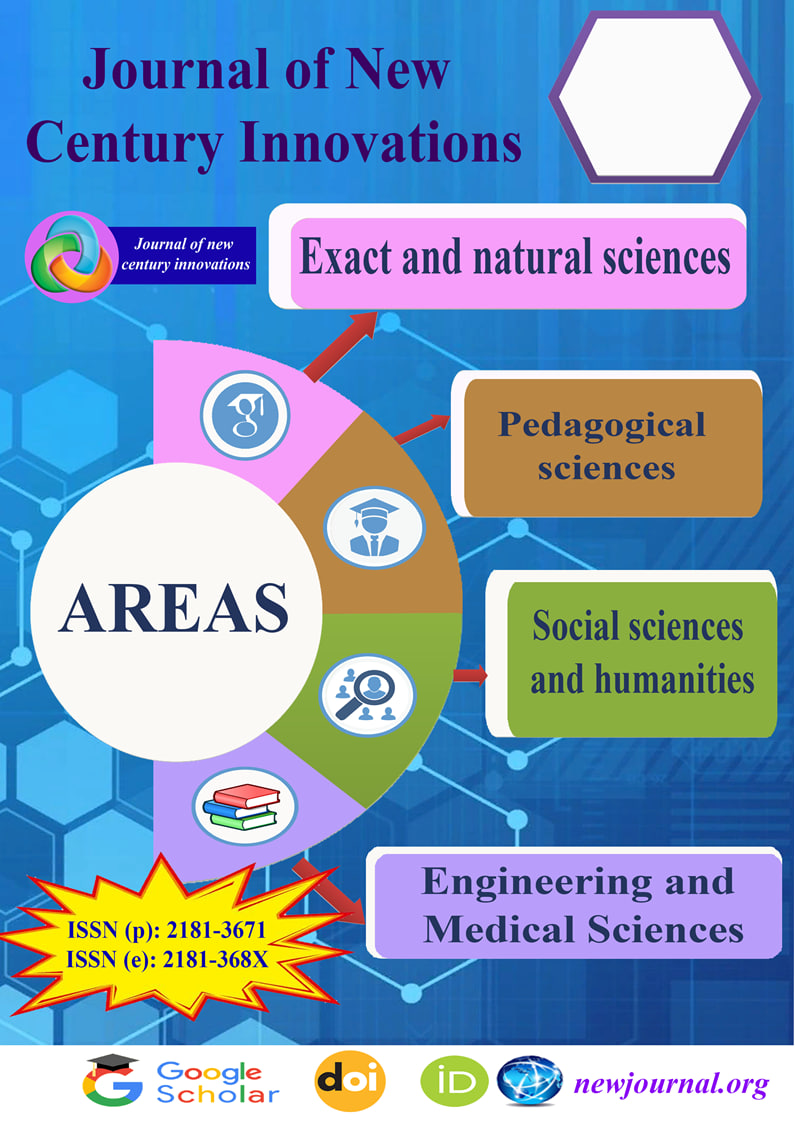A COMPARATIVE ANALYSIS OF UZBEK COMMUNICATION WITH SPECIFIC CULTURES: WESTERN, AMERICAN, JAPANESE, AND SLOVAKIAN PERSPECTIVES
Keywords:
Keywords: Uzbek communication, cross-cultural communication, cultural dimensions, face negotiation theory, Western communication, American communication, Japanese communication, Slovakian communication.Abstract
Abstract: This article provides a comparative analysis of Uzbek communication with Western, American, Japanese, and Slovakian cultures. Drawing on cultural dimensions, face negotiation theory, and contextual factors, the analysis reveals distinct communication styles shaped by historical, social, and religious backgrounds. Uzbek communication is characterized by indirectness, formality, and respect for hierarchy, contrasting with the directness and informality of Western and American styles. Japanese communication emphasizes harmony and non-verbal cues, while Slovakian communication values warmth and personal relationships. Understanding these differences is essential for effective cross-cultural communication, leading to more meaningful and productive interactions.
References
Gudykunst, W. B., & Kim, Y. Y. (1992). Communicating with strangers: An approach to intercultural communication. McGraw-Hill.
Hofstede, G. (1980). Culture's consequences: International differences in work-related values. Sage.
Nakane, C. (1970). Japanese society. University of California Press.
Sedláčková, T., & Kostková, K. (2017). Slovak business communication style. Journal of Intercultural Management, 9(2), 67-82.
Ting-Toomey, S. (1988). Intercultural conflict styles: A face-negotiation theory. In Y. Y. Kim & W. B. Gudykunst (Eds.), Theories in intercultural communication (pp. 213-235). Sage.




